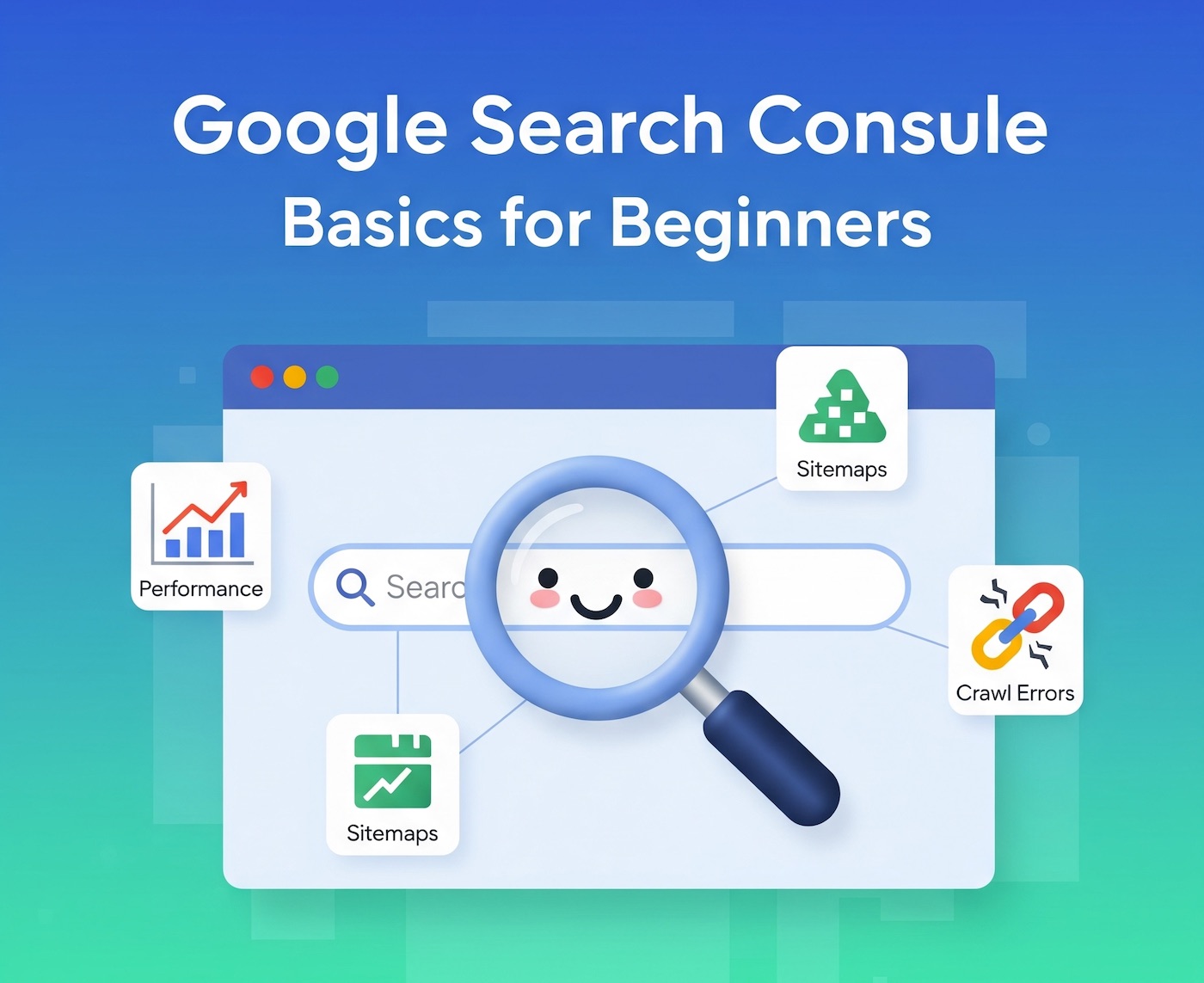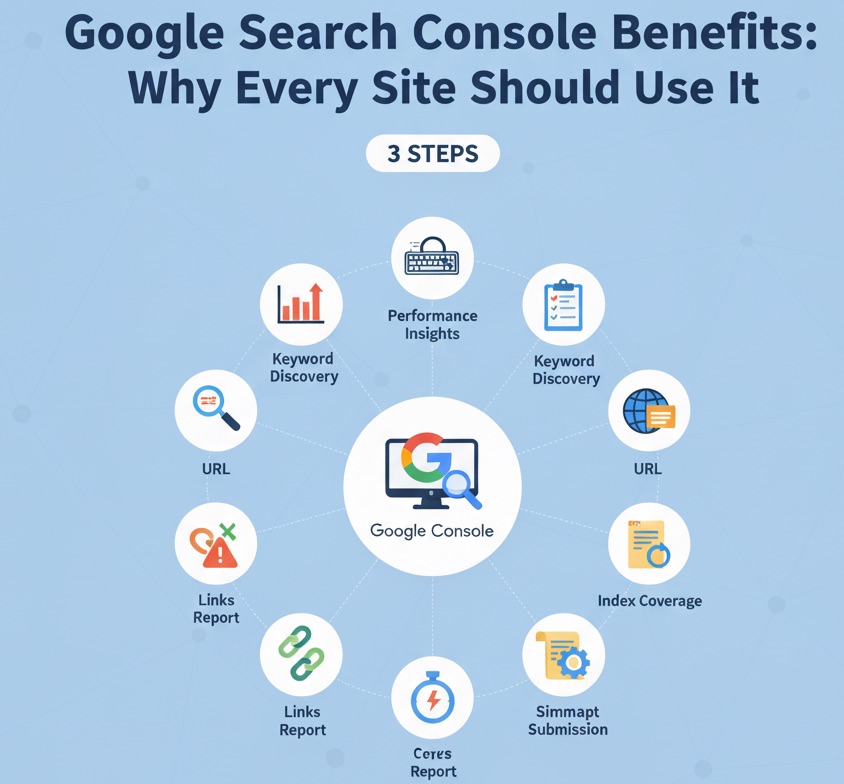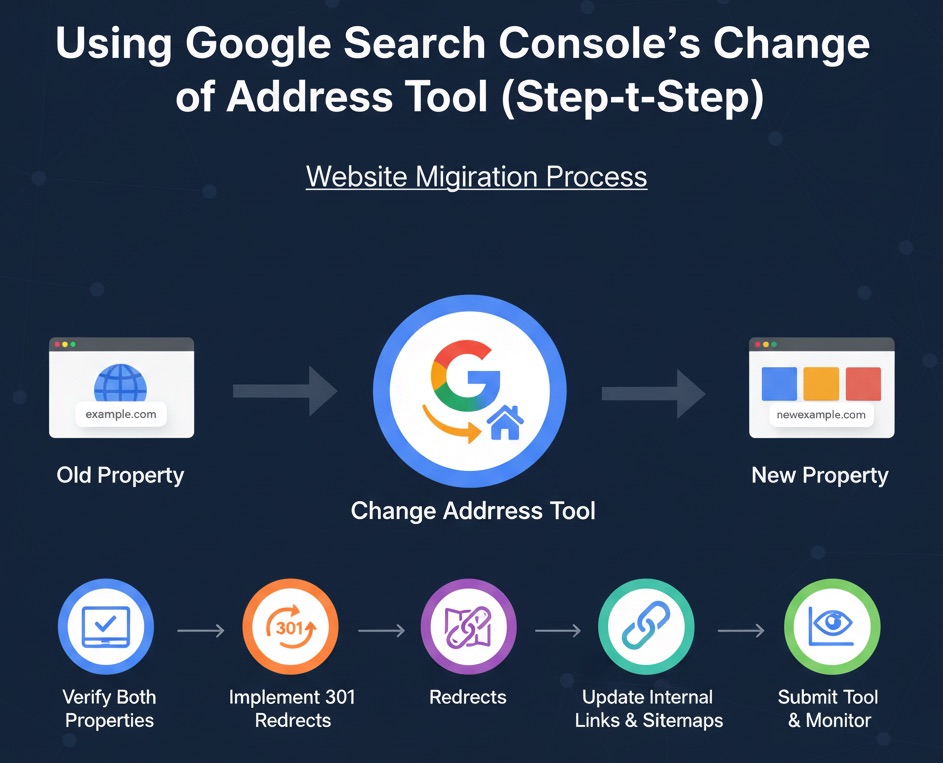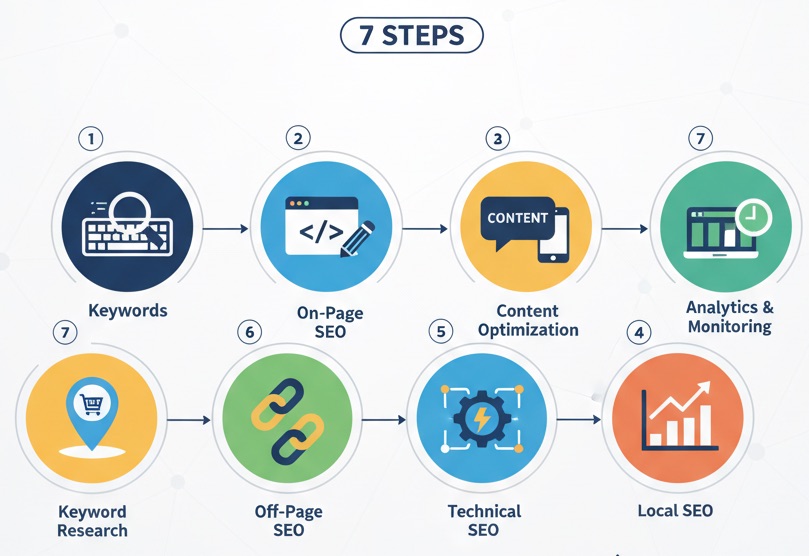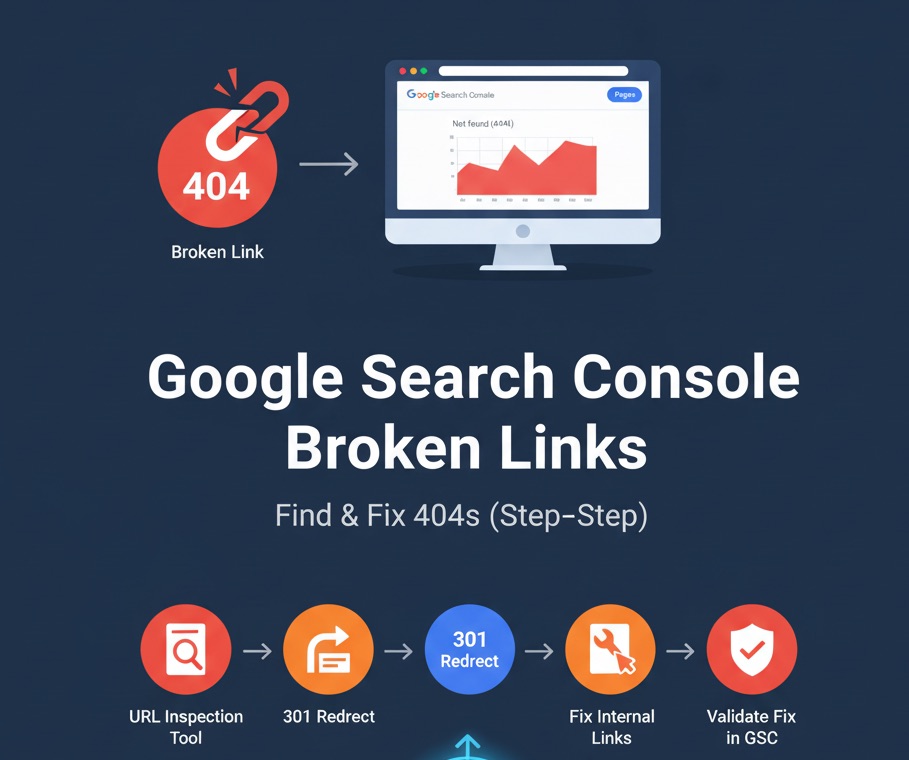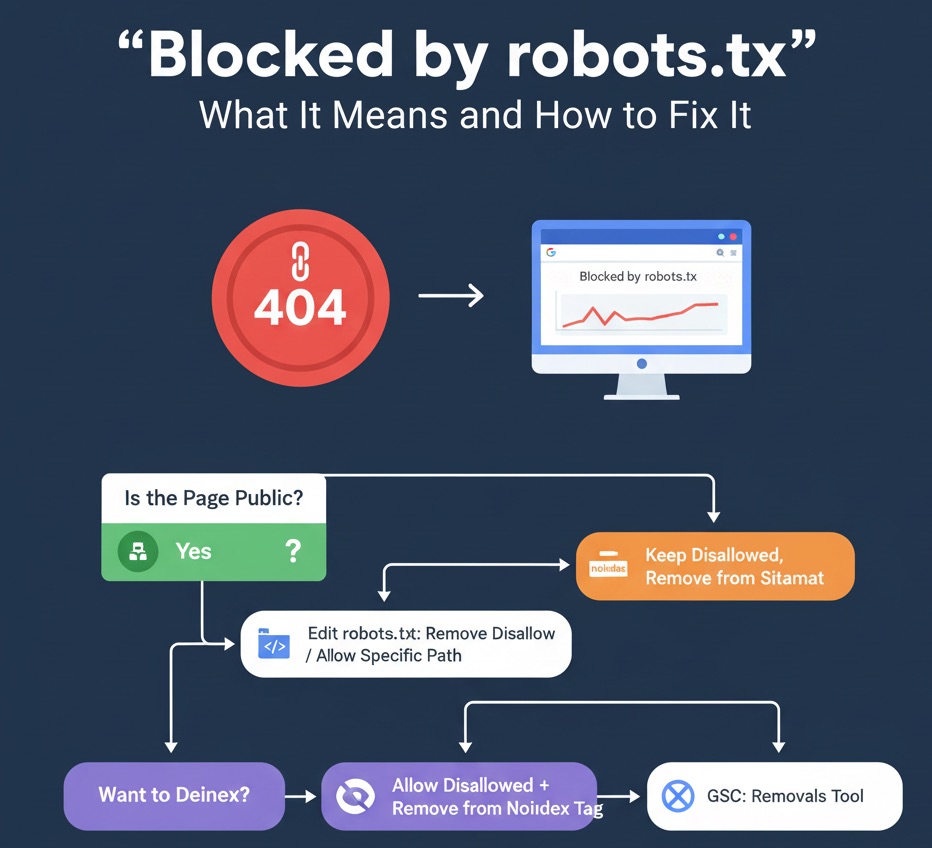The Average Position metric in Google Search Console (GSC) tells you the typical rank your page holds in Google search results. Knowing how this number is calculated—and what it can and cannot tell you—helps you track progress and make smarter SEO decisions.
1. What Does Average Position Mean?
Average Position shows the mean ranking of your page or query across all searches that triggered it. For example, if your page appeared:
- in position 3 for one user,
- in position 7 for another,
- and in position 10 for a third,
the Average Position is (3 + 7 + 10) / 3 = 6.67. GSC rounds this to one decimal place (6.7).
2. How Google Calculates the Metric
- Ranks Per Impression: Each time your URL appears on a search results page, Google logs its exact position.
- All Positions Added: Google sums every recorded position for the date range you select.
- Divided by Impressions: The total is divided by the number of impressions to find the average.
Note: Positions in carousels, featured snippets, and “people also ask” boxes are counted too, so the metric reflects a mix of page types.
3. Where to Find Average Position in GSC
Open Performance > Search results. Check the box labeled “Average position.” You can filter by:
- Query – see the average rank of a keyword;
- Page – view a single URL’s typical position;
- Date range – track progress over time;
- Country – compare ranks in different regions.
4. Why Average Position Matters
While clicks and impressions show traffic, Average Position tells you how competitive your pages are. A drop from 8 to 4 often signals better visibility and usually raises your click-through rate (CTR).
5. Practical Ways to Use the Metric
- Spot Easy Wins: Filter for positions 11–20. Small on-page tweaks can push these keywords onto page 1.
- Measure Updates: After you optimize content, watch Average Position. Improvement within 2–4 weeks shows Google rewarded the changes.
- Compare Devices: Switch between “Desktop” and “Mobile” to catch layout issues that hurt mobile rankings.
- Set Benchmarks: Track Average Position monthly to prove long-term growth to clients or stakeholders.
6. Common Myths
Myth 1: A lower Average Position always equals more traffic.
Fact: Moving from position 30 to 20 is progress, but CTR remains low until you reach page 1.
Myth 2: Average Position shows real-time ranks.
Fact: Data is often 1–3 days old and reflects many users, devices, and personalized results.
7. Key Takeaways
- Average Position is the mean rank across all impressions.
- Use it with CTR and impressions for a full performance picture.
- Filter positions 11–20 to find keywords that need a small push.
- Track changes after each optimization to measure impact.
By understanding Average Position in Google Search Console, you can set realistic goals, prioritize tasks, and steadily climb the rankings.

